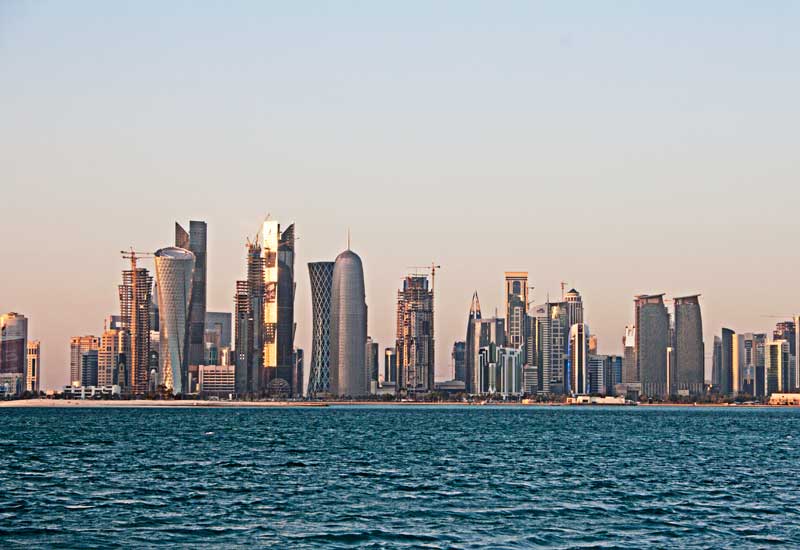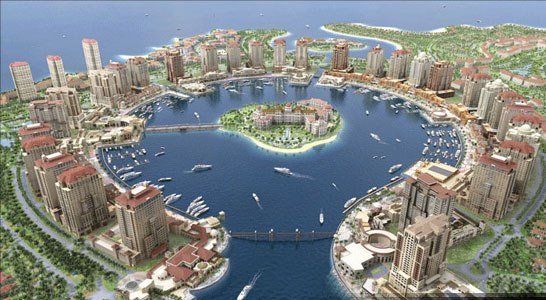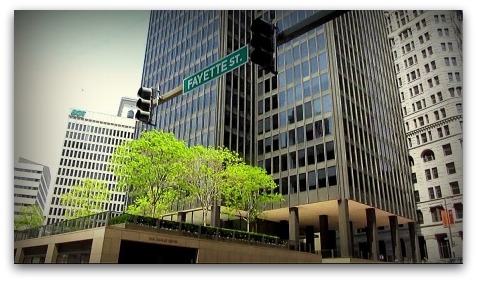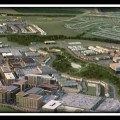What Is The Richest Country In The World 2015 As Per GDP Per Capita
As per gross domestic product per capita, there is no doubt now: that Qatar is the richest country in the world. The country has about 15% of the world’s known natural gas reserves, large oil fields, and the highest GDP per capita according to the IMF World Economic Outlook Database. With high wages, low taxes, one of the lowest unemployment rates in the world, and none of its almost two million residents living below the poverty line, Qatar seems almost like a paradise. This paradise attracts people like a magnet. Of a total population of 1.8 million, 1.5 million are expatriates. Needless to say, things were not always so bright.
Know More About Richest African Countries | Richest Country As Per Total GDP
| Capital | Doha |
| Population | Estimated 2.15 million (But Only 12% Are Qatari National) |
| GDP Per Capita | USD $93714.10 |
| Gross Domestic Product (GDP) | $202.45 billion USD |
| Location | In Southwet Asia And To Northeastern Coast of Arabian Peninsula |
| Life Expentancy | 78.50 years |
World Richest Country Is Isolated In A Place With No Water
Qatar is located on a small peninsula on the NE coast of the Arabian Peninsula. It is a hot, dry desert with low rainfall and daily temperatures reaching 40 degrees Celsius or more, and no water! This unforgiving land was home to a few thousand people. Most of them lived in the coastal villages, fishing and pearl hunting, or were nomads roaming around in the desert in search of water.
Some hopes were projected for the pearl fishing industry, but after the introduction of Japanese pearls during the 1930s on the global market, the local pearl industry of Qatar died. There was no energy, no oil, and no cars, none of the glamour you see today. Life was tough and short and most people lived until 50. But all this is about to change.
List Of Richest Countries

The power of the desert awakens
In 1938-1939 oil was discovered in Qatar for the first time. The start was slow and the first oil exports occurred in 1947. The first onshore concession was awarded to Anglo-Iranian oil and then transferred to Qatar Petroleum. The first offshore concession was granted to a Canadian company in 1949. The production grew steadily as more and more fields were discovered in the 1960s and 1970s. However, the 1980s were difficult with lower oil prices and OPEC quotas and the local business climate deteriorated. Many firms lay off their expatriate staff. There were tough times, but things are about to change again.
An Atomic Oil And Gas Explosion Made It To The Richest Nation
During the 1990s the economy recovered and started to grow again. The North Field gas development boosted the economy. The oil production reached 500000 per day and new reserves of gas were discovered offshore. With 250 trillion cubic feet of natural gas reserves, Qatar has secured the third position in the richest countries list in the world.
As a result of this development, it has started to climb higher and higher in the statistics. In 2010 Qatar surpassed Luxembourg according to Gross Domestic Product per capita and became the richest nation in the world. According to IMF World Economic Outlook Database, Qatar kept this title in 2011, 2012, 2013, and 2014.

Water in the desert
All those people who roamed the desert looking for water, looking for food, and trying to take care of the livestock are now urbanized. New urban, modern areas appeared in the desert like magic. This is the magic of oil and natural gas.
Skyscrapers are now towering over the desert. The population has grown from 11000 before 1940 to 1.8 million in 2013. The taxes are very low and the wages are remarkably similar to those in western countries. There is no personal income tax, which is a powerful attraction for people all over the world. Now, because everybody here is trying to make the most money they can, the unemployment rate is less than 1% meaning the lowest in the world.
According to Al-Attiya, the Chairman of Qatar’s National Food Security Program, water consumption has increased to 430 liters per capita per year, which is amongst the highest worldwide and this happens in a country with virtually no water (74 mm of rainfall per year).
The economy continues to grow. The growth rate was 15% from 2007 to 2012. Five years in a row! Without water! That’s never happened before in history. In every case, cities are vanishing because of the lack of water. How is it possible? How could people survive here? Do they drink oil instead of water?
Energy is the key factor here. Energy from oil and gas set in motion those gigantic machines that desalinate the salt water. As a result, artificial lakes appeared in the desert. Man-made wonders! No wonder the life span increased now to 78. But Qataris won’t stop here. Life is nothing without dreams and this is one of those special places on the planet where dreams can come true. What are they dreaming now?
Dreams of a better life
Unfortunately, nothing lasts forever. Not even the oil paradise. The natural gas and oil fields will soon be depleted and new solutions for sustainable growth have to be found. Sustainable growth needs a new source of energy. This time you need a clean and renewable one. Where to find it? Just look up to the blue sky. Qatar is one of the richest countries with 300 days of sun. So they will use that energy to produce electricity and then the most needed water. That water will go to farmers. Farmers will water the plants and then will be able to supply food. The same chain of life, but the first link – oil and gas energy – will be substituted with another link – the Sun. Sustainable growth, renewable energy, solar power, and a clean environment. These are some major objectives for the future. But wait, there is more.
The Millennium City
Doha, the capital city looks more and more like science fiction, when it comes to buildings, structures, and landscape. Futuristic skyscrapers and contemporary architecture make this city more attractive than ever. Doha Tower is an architectonic wonder with a unique design. It has no central core which leaves more space inside and it is the first skyscraper with internal concrete columns in the form of an X. The West Bay zone of Doha is full of skyscrapers, the tallest of which is Aspire Tower with a height of 300 meters.
By the way, other major attractions are Aqua Park, the first water-themed park in Qatar, the Museum of Islamic Art, the Golden Mosque, the spiral tower Kassem Darwish Fakhroo, Qatar National Museum, Commercial bank Plaza, or Al Jassasiya Carvings, Al- Ruwais with its rich collection of more than 900 petroglyphs.
The Qataris are proud of their city, the capital of the richest countries in the world and they have even greater dreams for it. According to Al-Attiya, the Chairman of Qatar’s National Food Security Program, their objective is to become a millennium city like Paris, London, Rome, or Cairo. In the words of Al-Attiya: “We are only 60 years old, but we want to live forever as a city to live in peace.”




